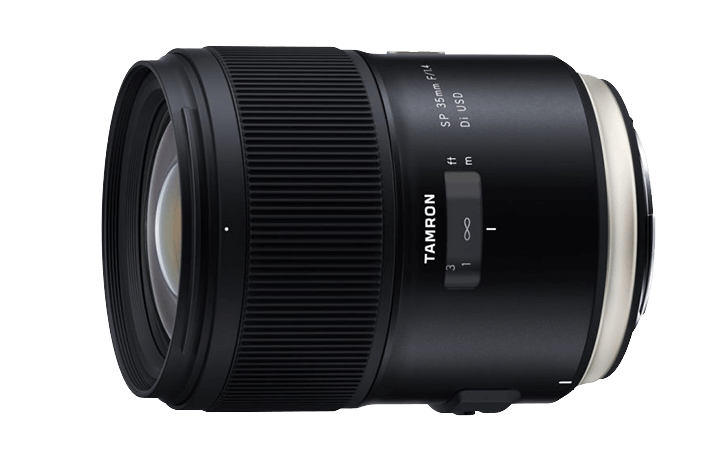Since the story broke last week that Viltrox was told by Canon to cease making any autofocus lens for the RF mount, there has been a lot of chatter for obvious reasons. The lack of RF native autofocus third party lenses has become a growing concern amongst shooters.
One of the good things to come from multiple folks covering this issue, is people begin to talk a bit more candidly about the topic at hand.
I have spoken to two quality sources on the topic, from completely different geographical locations and they both have said very similar things.
The big one being, Canon has no plans to give permission to third party manufacturers to utilize their RF mount patents as they pertain to electronics and autofocus anytime in the near future.
We have been told that there are a few reasons for this, and please don't shoot the messenger.
- Canon doesn't feel the RF lineup is anywhere near maturity, and they want the lineup filled out with their own lenses first. Canon still has lots of work to do in both the non-L and L lineups.
- Canon believes the “more affordable” options are already covered by the hundred and whatever million EF lenses out there that work extremely well on the RF mount with Canon's line of adapters.
- Canon isn't done with tweaks and improvements to the RF mount.
One of the sources said not to expect anything from the third-party manufacturers until late 2024 at the earliest, and that not every manufacturer is going to be given the opportunity to make RF lenses.
Until Canon releases an official statement, please take the above report accordingly. We're hoping that this run of stories will push Canon to be more transparent on the topic in the near future.


so Canon couldn’t forbid it here. Elsewhere, I don’t know.
- tweaks and improvements to the RF mount.
mean? I guess they're still improving the communications protocol?Or maybe I should learn some patience. ;)
Canon! You're supposed to defeat bad competitors, not join them!
Did Canon lock down the EF format (as far as autofocus zooms) for several years before opening it up?
They basically did that with EF-M.
In the last few years Canon told us, how awesome and revolutionary their RF gear is, but when it comes to third party lenses, they suddenly tell us that their system is not mature enough. Does that mean we should rather buy Sony cameras, which are already mature?
All the focussing alrorithms happen inside the camera anyway. The camera just has to tell the lens if it has to focus further or closer until the focus fits. Is that part any different for RF lenses than for EF lenses? Nobody wants Canon to give a way the secret how it nails the focus on animal eyes or fast moving subjects.
If I need to replace the wide angle, I could go for the RF 16/2.8, which is cheap, but has absolutely horrible image distortion in the corners that needs to be corrected. If I need to replace my short tele, I could go for the RF 85/2.0, which I've heard has a very slow autofocus.
Or, of course, I could buy more EF glass, some of it probably used.
I'm not happy with these options.
That is a decision everyone should think about *before* entering the RF system. If you want *native* AF glass that is not available from Canon, then sure, consider Sony- they make excellent cameras. But you can't be trying very hard if you can't find what you want in EF mount - and EF lenses work extremely well on RF cameras.
You're speculating, and you're probably wrong. Modern lenses are jam-packed with complex electronics, which work in conjunction with the electronics in the camera body. The only people who know how much is lens-based and how much is body-based, are the manufacturers.
We all imagine specific RF lenses that we want Canon to release (actually, to have already released). For some of us, those lenses will be the next ones to be announced. For others, the wait will be long. Canon will release lenses in the order they think will be most profitable for them, and as I've said (often!), history suggests they do an excellent job of predicting and meeting the demands of the market as a whole.
Which makes the adapter an "elegant" solution. I believe Canon knew the line would take time to fill out, and also knew few people could afford to switch all lenses at once. The adapters are a great bridge into the new technology.
Why are you so worried? You shoot mainly architecture. Presumably therefore most of the time you will be using tilt-shift lenses, which in most cases are manual focus, so what difference does it make to you whether Canon permits third parties to manufacture AF lenses in RF mount?